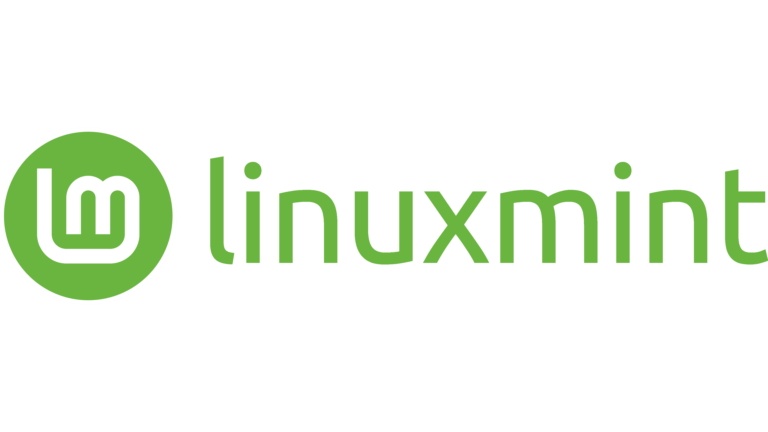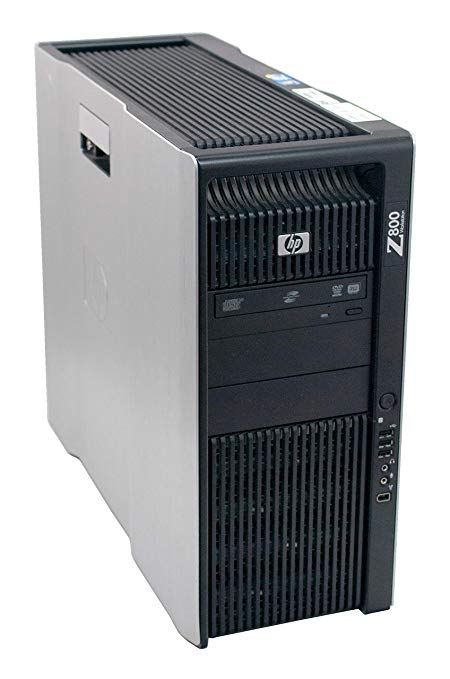The Unstoppable Rise of Linux: From a Student’s Project to the Digital World’s Beating Heart

Introduction: It’s Everywhere, But What Is It?
Chances are, you’ve used Linux today without even knowing it. When you browse Google, scroll through your Instagram feed, watch a movie on Netflix, or even use an Android smartphone, you’re interacting with Linux. It’s the silent, invisible engine of our modern digital world. But what exactly is Linux? How did a project started by a Finnish university student become the bedrock of global technology? This post dives deep into the captivating history and the revolutionary technology that makes Linux a titan of the computing world.
The Genesis: A Story of One Man, One Message
Our story begins in 1991 with a 21-year-old computer science student at the University of Helsinki named Linus Torvalds. Frustrated by the limitations of the operating systems available to him (like MS-DOS and MINIX), and inspired by the ideas of UNIX—a powerful, proprietary OS—Linus decided to build his own.
On August 25, 1991, he posted a message that would become legendary in the annals of tech history, to the comp.os.minix newsgroup:
*”Hello everybody out there using minix – I’m doing a (free) operating system (just a hobby, won’t be big and professional like gnu) for 386(486) AT clones…”*
This humble announcement was the birth of the “Linux kernel.” The name “Linux” is a portmanteau of “Linus” and “Unix,” but Linus himself initially wanted to call it “Freax.” Thankfully, an administrator of the early server hosting the code named the directory “Linux,” and the name stuck.
The Perfect Storm: Linux Meets GNU
To understand Linux’s success, we must acknowledge another crucial project: the GNU Project, initiated by Richard Stallman in 1983. Stallman’s goal was to create a complete, Unix-like operating system that was entirely free (as in freedom) software. By the early 1990s, the GNU project had successfully created many essential components of an OS—compilers (GCC), text editors (Emacs), and system libraries—but it was missing a core piece: a working kernel (called Hurd).
Linus Torvalds’ kernel was the missing link. When combined with the utilities from the GNU project, it formed a complete, functional, and free operating system. This is why, purists and organizations like the Free Software Foundation (FSF) insist on calling the system “GNU/Linux” to give credit to both projects. This collaboration was a perfect storm, merging Linus’s pragmatic kernel with Stallman’s ideological framework for free software.
The Core Technology: What Makes Linux Tick?
So, what is Linux, technically? At its heart, Linux is just a kernel, not a full operating system. The kernel is the core program that manages everything:
- Hardware Interaction: It acts as a bridge between your software applications and the physical hardware (CPU, memory, disk drives).
- Process Management: It decides which processes (programs) get to use the CPU, and for how long.
- Memory Management: It allocates and manages the system’s RAM efficiently.
- Device Drivers: It contains the code to communicate with your hardware components.
This modular design is one of Linux’s greatest strengths. The kernel is combined with other software (like the GNU tools, a desktop environment, and applications) to form a complete “Linux distribution” or “distro.”
Key Technological Tenets of Linux:
- Open Source: The source code of Linux is freely available for anyone to view, modify, and distribute. This “many eyes” approach leads to incredibly secure, stable, and efficient code, as developers worldwide can audit and improve it.
- Monolithic Kernel, Modular Design: The Linux kernel is monolithic, meaning all core services run in the privileged kernel space. However, it’s also highly modular, allowing drivers and kernel features to be loaded and unloaded on the fly without rebooting, offering great flexibility and performance.
- Security & Permissions: Linux is built on a robust multi-user model with a strict permissions system. The principle of least privilege is fundamental; users and processes only have access to what they absolutely need, making it notoriously resistant to malware.
- Stability and Reliability: Linux systems are famous for their ability to run for years without needing a reboot. This makes it the undisputed champion for servers and critical infrastructure.
The Evolution: From Hobby to World Domination
The 1990s saw an explosion of Linux distributions (distros), each packaging the Linux kernel and GNU tools in different ways. Early pioneers like Slackware (1993) and Debian (1993) laid the groundwork. Then came Red Hat (later split into the commercial Red Hat Enterprise Linux and the community-driven Fedora), which brought Linux into the corporate world.
The real turning point for mainstream adoption came in the web server market. By the late 1990s, the combination of Linux + Apache web server + MySQL database + PHP scripting language (the LAMP stack) became the de facto standard for hosting websites, outperforming and undercutting proprietary alternatives.
The 2000s and beyond saw Linux’s dominance solidify and expand into new frontiers:
- Supercomputing: Today, 100% of the world’s top 500 supercomputers run on Linux. Its flexibility and performance are unmatched for high-performance computing (HPC).
- Android: Google’s Android OS is built on the Linux kernel. With over 3 billion active devices, this is arguably Linux’s most significant footprint in the consumer market.
- Cloud Computing: The cloud runs on Linux. Whether it’s Amazon Web Services (AWS), Google Cloud Platform (GCP), or Microsoft Azure, the vast majority of virtual machines and cloud services are powered by Linux.
- Internet of Things (IoT) & Embedded Systems: From smart TVs and routers to in-car entertainment systems and smart home devices, Linux’s small footprint and customizability make it ideal for embedded systems.
The Modern Linux Landscape: Distros for Everyone
One of Linux’s most endearing qualities is its diversity. There’s a “distro” for every need:
- For Beginners: Ubuntu and Linux Mint offer a user-friendly experience rivaling Windows or macOS.
- For Professionals & Enthusiasts: Arch Linux (DIY-focused), Fedora (cutting-edge), and Debian (rock-solid stability) cater to users who want more control.
- For Enterprises: Red Hat Enterprise Linux (RHEL) and SUSE Linux Enterprise Server (SLES) provide commercial support and long-term stability for businesses.





